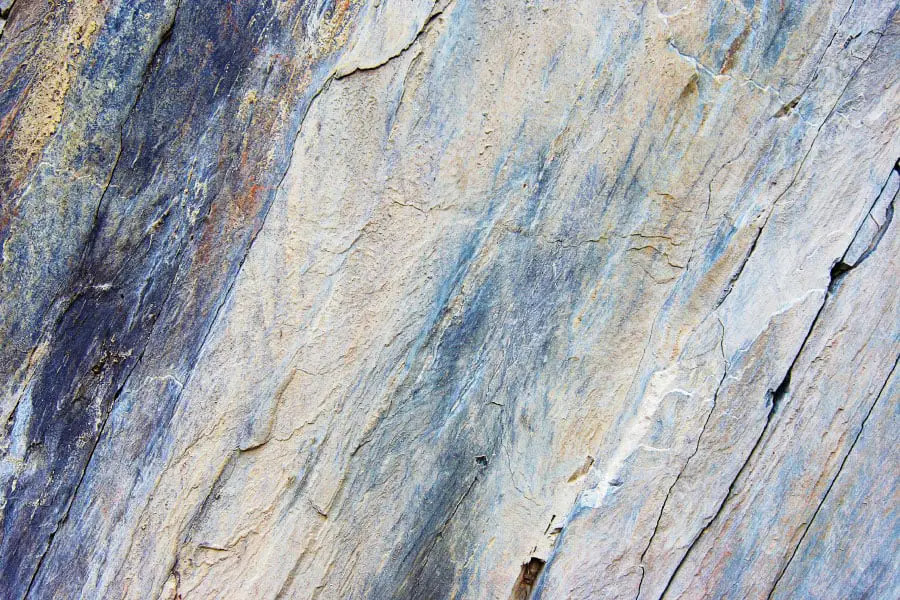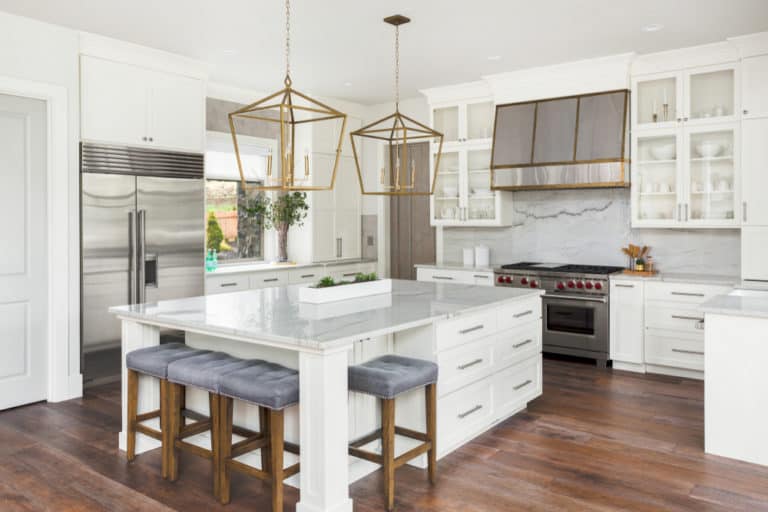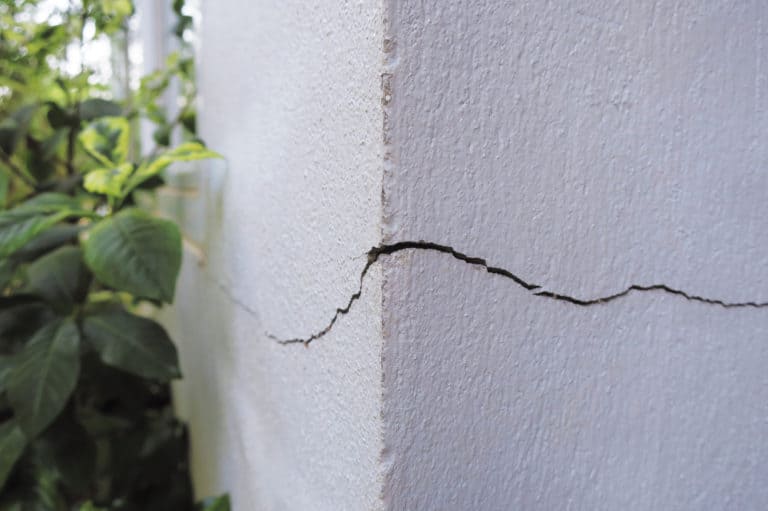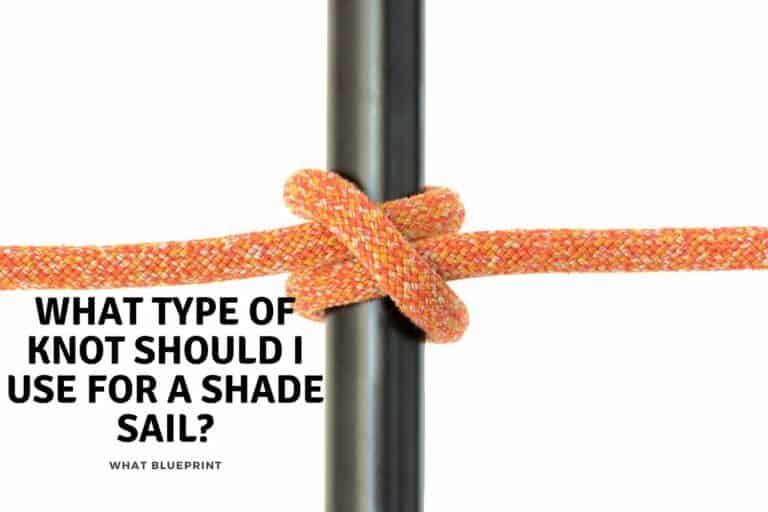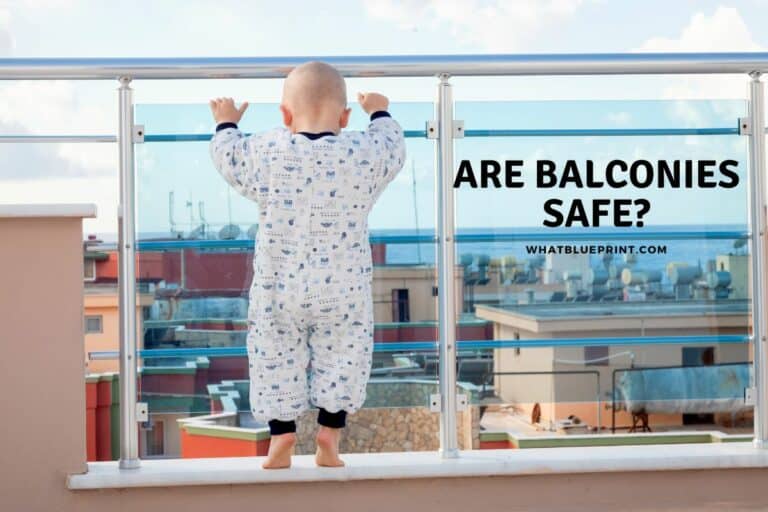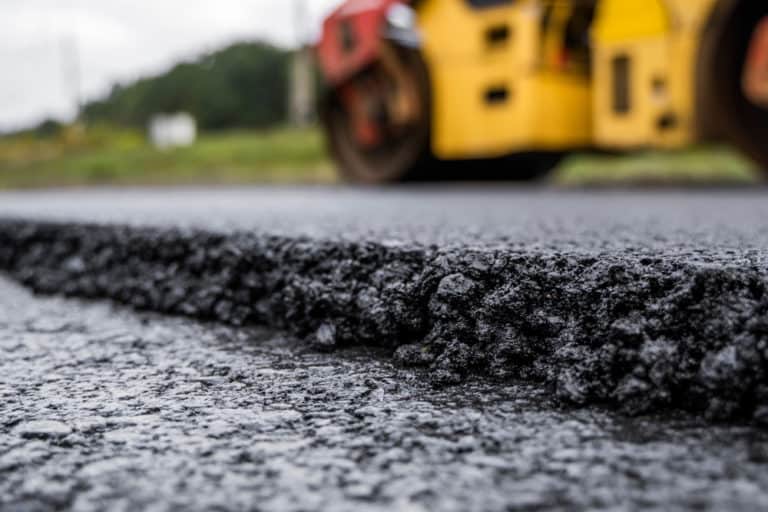Why Is My Bluestone Flaking?
All materials used in construction are just repurposed from nature. Bluestone is one of those more obvious materials, and since the material is being left in its most natural state, it will also experience more changes.
Any material, especially such as bluestone, will experience some change due to the nearby environment. For Bluestone, in particular, since it’s a natural stone, it tends to flake because of a combination of moisture and temperature changes.
In this article, we’ll be going more into bluestone, the different types, how to minimize its flaking and how bluestone could be used. Read on if you plan on installing a bluestone in your house or if you just want to learn more about general maintenance.
What is bluestone?
Depending on where you live, Bluestone can refer to many different types of rocks. For the sake of this article and for general usage, we’ll be referring to bluestone as to any natural rock used for building purposes.
To also be specific, below is a table going into the different types of bluestones:
| Rock | Description |
| Basalt | The most common rock on this list. Basalt is used a lot due to its strength, versatility, and durability. |
| Slate | The main selling point of slate is its water and moisture resistance. The main downside of slate is how susceptible it is to scratching/scratch marks. |
| Sandstone | Sandstone is an extremely durable material. |
| Dolerites | Dolerites are more commonly used as aggregate for concrete, but it can also be used as a finish. The main property that you should be aware of is how versatile it is, considering that this material is also used in road construction, flush seals, etc. |
The main benefit of bluestone is how ecologically friendly it is, as these stones do not require as much energy to produce compared to man-made equivalents such as brick or concrete. Stones also tend to be low-cost to maintain and should be able to handle weathering well (compared to other materials).
Each specific stone has its own properties that need to be considered when being used. As each of these rocks was formed through different ways (igneous, sedimentary, and metamorphic), more research should be done to figure out the best way to use these bluestone rocks and the best way to make sure that they maintain their current appearance.
What causes bluestone to flake?
The reason why bluestone flakes is because of what moisture and low temperature can do to rock. As moisture seeps into the rock and the temperature starts to freeze, what ends up happening is an expansion inside the rock. The forces build up inside the rock, and this ends up causing the parts of the rock to flake off.
Rocks are highly susceptible to weathering from the elements. This includes acid rain, moss growth, etc. if left unchecked. The only thing that’s within your control is changing your materials’ nearby environment to lessen the effects of weathering.
This includes proper insulation, maintenance of greenery, and the like. There’s a term called “micro-climate” in site development studies done by architects in which they observe how a specific spot experiences the elements.
Ever wonder how the air is much fresher and different in the countryside as compared to the city, or how the absence of trees in an area will result in a general increase in temperature experienced? It goes without saying that what people do to their surroundings will have an effect on the environment that they experience. The same is true for your house but on a lesser scale.
How do you minimize flaking?
There are preventive measures that you can apply to help minimize the number of salts and moisture that can get into your bluestone, aside from making a change in the environment that it experiences.
A specialized sealant for natural stones is usually applied. Aside from minimizing flaking, this also lengthens the longevity of the stone and its appearance.
With any building material, always consider what that material will be undergoing. Bluestone located indoors is much less likely to flake compared to bluestone in the outdoors. Another example would be bluestone in the bathroom compared to bluestone in the veranda. Knowing what the material experiences and adjusting accordingly is key when thinking about preventive measures. This will save you a lot of time and energy for maintenance work in the long run.
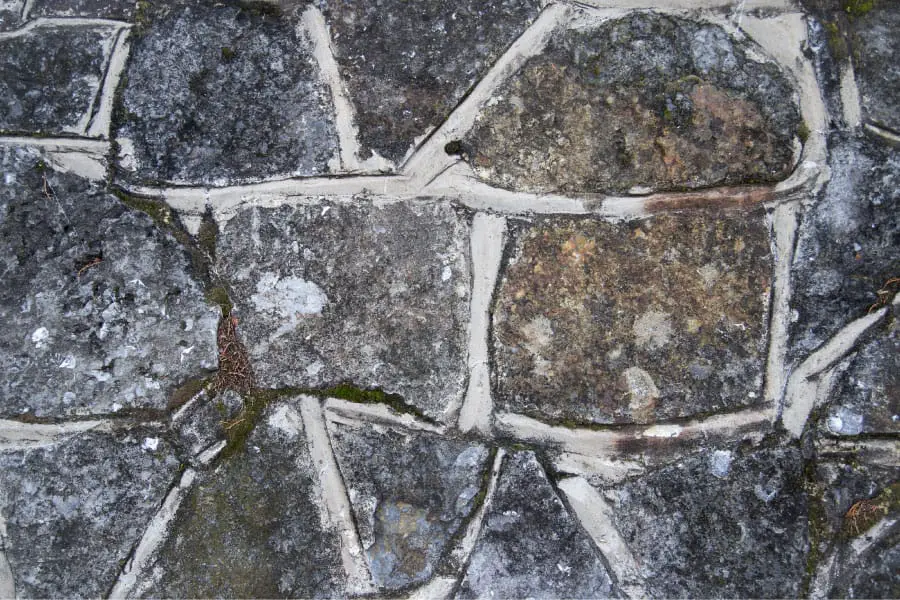
How to use bluestone in design
Bluestone is such a versatile material because of how the stone can be worked to fit all kinds of purposes. From an outdoor walkway to an interior wall finish, the limits of bluestone are only limited by the designer’s imagination.
Aside from appearances, there are also some utility uses for bluestone. Most outdoor areas usually have a bluestone floor finish because of the texture that comes with the bluestone. This provides non-slip properties while at the same time blending well with the outdoor environment.
Architects and interior designers also utilize bluestone to differentiate spaces.
What can I do for my bluestone that has already flaked?
It’s not the end of the world if you’re bluestone starts to flake. It is a natural material experiencing a natural process; nonetheless, flaking can destroy the look of some bluestone finishes, especially those with a lighter color.
If your bluestone has already flaked, the only thing you really can do is smooth out the flaked areas and to reapply a stone sealant to the bluestone.
Here’s is a short step by step guide as to how to do this:
- Wash the bluestone and scrub down the areas that have flaked with a scrub brush.
- Hose down the bluestone with water.
- Apply a natural stone sealant.
There may still be some leftover marks on your bluestone. You cannot do much, aside from having the bluestone entirely replaced by a newer one.
Bluestone finishes
Like wood, the bluestone sealants may have some additional effects aside from just protecting the bluestone from weathering. These include:
- Changing its color hue
- Giving it a glossy finish
- Giving it a matte finish
- Maintain the original color and shine of the stone
Depending on several factors, the sealant you use should be in line with the bluestone’s current use. A bluestone interior wall finish could look better with a glossy finish to reflect the indoor lighting, while a bluestone pavement leading up to your front door might be better if it was just left naturally.
This, of course, allows for multiple uses for bluestone, making it more popular now considering how environmentally-friendly it is as a material that can be recycled.
Conclusion
Bluestone is a widely used material that can be used in any construction project. However, just because it’s a natural material does not mean that there are no maintenance requirements.
With anything related to the human-built environment, there has to be some upkeep to ensure that everything looks nice and clean. Natural elements will always change the materials used, and it’s up to the architect, the construction manager, and the client to prevent and minimize these changes.

